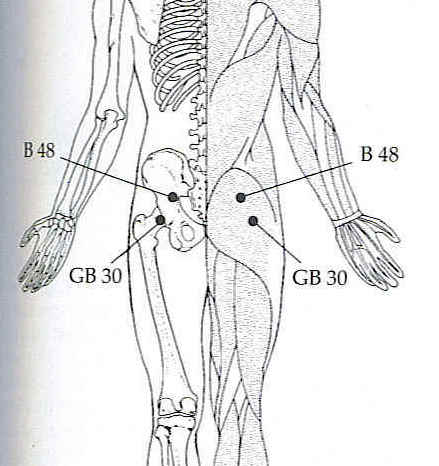Do You Know About Neuromuscular Massage Therapy?
/The most effective type of massage therapy for lower back pain is neuromuscular therapy. Neuromuscular therapy is also called trigger point myotherapy. The American Academy of Pain Management recognizes this form of massage therapy as an effective treatment for back pain caused by soft tissue injury (such as a muscle strain).
Neuromuscular Massage Therapy Technique
Neuromuscular therapy consists of alternating levels of concentrated pressure on the areas of muscle spasm. The massage therapy pressure is usually applied with the fingers, knuckles, or elbow. Once applied to a muscle spasm, the pressure should not vary for ten to thirty seconds.
Massage Therapy Can Reduce Muscle Pain
Causes of Back Muscle Spasms Video
Muscles that are in spasm will be painful to the touch. The pain is caused by ischemic muscle tissue. Ischemia means the muscle is lacking proper blood flow, usually due to the muscle spasm. This in turn creates the following undesirable process:
Because the muscle is not receiving enough blood, the muscle is also not receiving enough oxygen
The lack of oxygen causes the muscle to produce lactic acid
The lactic acid makes the muscle feel sore following physical activity.
After the muscle is relaxed through massage therapy, the lactic acid will be released from the muscle, and the muscle should start receiving enough blood and oxygen.
Neuromuscular therapy will feel painful at first, but the pressure of the massage should alleviate the muscle spasm. At this point, it is extremely important to communicate with the massage therapist regarding the pressure - whether the pressure is too much, too little, getting better, getting worse. The therapist should listen and respond accordingly. The massage therapy pressure should never be overly painful. In fact, most people describe the pressure as “good pain”.
What to Expect After Massage Therapy
Following a neuromuscular therapy massage, any soreness that presents itself should fade after twenty-four to thirty-six hours. The muscles that were tight should remain noticeably more relaxed for four to fourteen days, depending on stress
This article was originally posted on Spine-Health.com and was written by Beth Mueller R.M.T











![Self-regulation “control [of oneself] by oneself"](https://images.squarespace-cdn.com/content/v1/55563e14e4b01769086817cb/1542845645966-PO2HGKF5JLUBM45UIWQ3/wee-lee-790761-unsplash.jpg)





















